Growing Watermelons at Home might seem like a challenge reserved for seasoned farmers, but I’m here to tell you it’s absolutely achievable, even in your own backyard! Forget those grocery store watermelons that lack that sun-ripened sweetness; imagine biting into a juicy, crimson watermelon you nurtured from seed to fruit. Sounds amazing, right?
For centuries, watermelons have been a symbol of summer, abundance, and community. Originating in Africa, they’ve traveled the globe, becoming a beloved treat in countless cultures. Think about the joy of a watermelon-eating contest at a summer picnic, or the refreshing taste on a hot day – these are memories often tied to this iconic fruit.
But why should you bother with the effort of growing watermelons at home? Well, for starters, you control the entire process, ensuring organic practices and avoiding harmful pesticides. Plus, the taste of a homegrown watermelon, picked at its peak ripeness, is simply unmatched. More importantly, learning these simple DIY tricks and hacks will save you money, reduce your carbon footprint, and give you a rewarding sense of accomplishment. I’m excited to share some easy-to-follow tips and tricks that will have you harvesting your own delicious watermelons in no time!
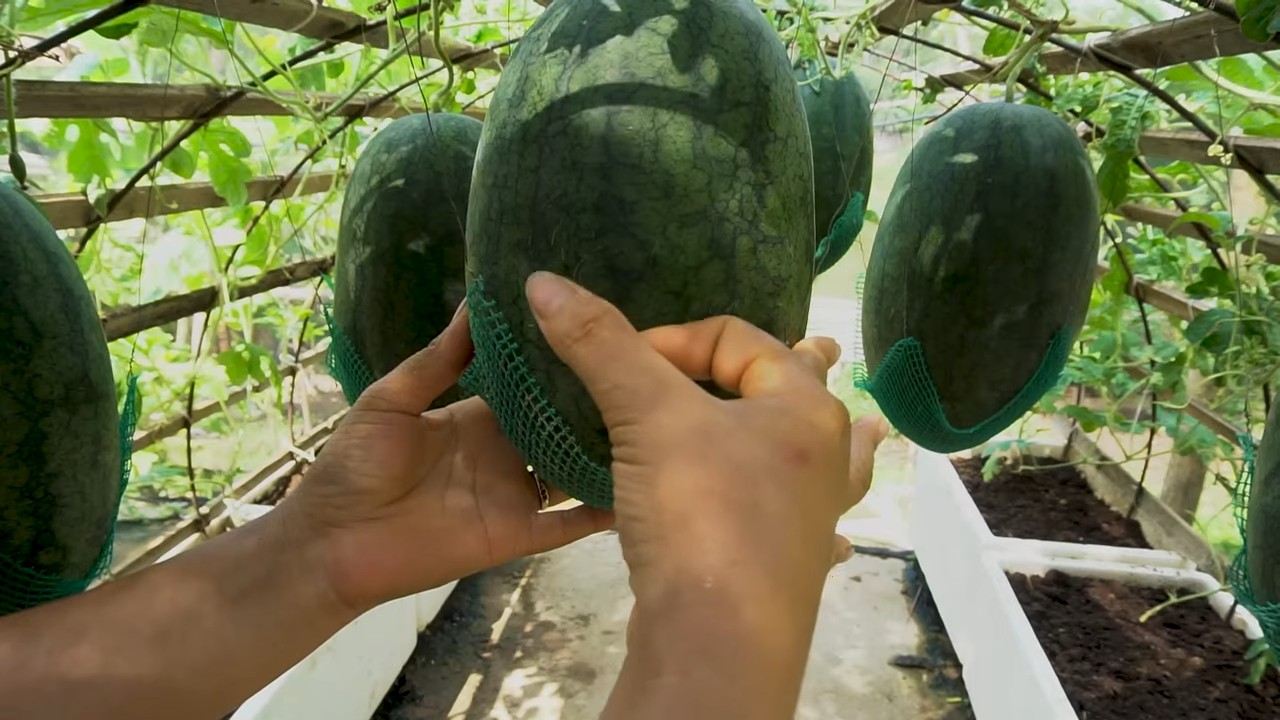
Growing Watermelons at Home: A Beginner’s Guide
Hey there, fellow gardening enthusiasts! Ever dreamt of biting into a juicy, homegrown watermelon on a hot summer day? Well, guess what? You can absolutely make that dream a reality, even if you don’t have acres of land. Growing watermelons at home might seem intimidating, but with a little know-how and some TLC, you’ll be harvesting your own sweet treats in no time. I’m going to walk you through the whole process, from choosing the right variety to dealing with pesky pests. Let’s get started!
Choosing the Right Watermelon Variety
First things first, you need to pick a watermelon variety that suits your climate and garden space. Not all watermelons are created equal! Some are massive, sprawling giants, while others are more compact and perfect for smaller gardens.
Here’s a breakdown to help you choose:
* **For Small Gardens (Container Gardening):** Look for bush or dwarf varieties like ‘Bush Sugar Baby,’ ‘Sugar Baby,’ or ‘Golden Midget.’ These are bred to be more compact and manageable in pots.
* **For Short Growing Seasons:** Opt for early-maturing varieties like ‘Early Moonbeam,’ ‘Blacktail Mountain,’ or ‘Yellow Doll.’ These will ripen faster, giving you a better chance of harvesting before the first frost.
* **For Classic Watermelon Flavor:** ‘Crimson Sweet’ is a popular choice known for its sweet, red flesh and good disease resistance.
* **For Something Different:** Try ‘Moon and Stars’ (heirloom with yellow spots on dark green rind) or ‘Orange Tendersweet’ (orange flesh).
* Consider Disease Resistance: Check the seed packet or plant description for information on disease resistance, especially if you’ve had problems with fungal diseases in your garden before.
Preparing Your Garden Bed
Watermelons are heavy feeders, meaning they need a lot of nutrients to thrive. So, preparing your garden bed properly is crucial for success.
* Sunlight is Key: Watermelons need at least 6-8 hours of direct sunlight per day. Choose a spot in your garden that gets plenty of sunshine.
* Soil Matters: Watermelons prefer well-drained, sandy loam soil with a pH between 6.0 and 6.8. If your soil is heavy clay, amend it with plenty of compost and other organic matter to improve drainage.
* Nutrient Boost: Before planting, amend the soil with compost, well-rotted manure, or a balanced fertilizer (like 10-10-10). Work it into the top 6-8 inches of soil.
* Raised Beds (Optional): If your soil is poorly drained, consider planting in raised beds. This will help prevent root rot.
Starting Watermelon Seeds Indoors (Optional)
While you can direct sow watermelon seeds, starting them indoors gives them a head start, especially in areas with short growing seasons.
* Timing is Everything: Start seeds about 3-4 weeks before the last expected frost.
* Use Seed Starting Mix: Fill seed starting trays or small pots with a good quality seed starting mix.
* Sow Seeds Deep: Plant seeds about 1 inch deep.
* Keep it Warm: Watermelons need warm temperatures to germinate. Use a heat mat to keep the soil temperature between 80-90°F (27-32°C).
* Provide Light: Once the seedlings emerge, provide them with plenty of light. A sunny windowsill or grow lights will work.
* Harden Off Seedlings: Before transplanting seedlings outdoors, gradually acclimate them to outdoor conditions over a period of 7-10 days. This process is called hardening off.
Planting Watermelon Seedlings or Seeds
Whether you started your seeds indoors or are direct sowing, proper planting is essential.
1. Wait for Warm Weather: Watermelons are very sensitive to frost. Wait until the soil temperature is consistently above 60°F (16°C) before planting.
2. Spacing is Important: Give your watermelon plants plenty of room to grow. Space plants 3-5 feet apart in rows that are 6-8 feet apart. Bush varieties can be planted closer together.
3. Prepare the Planting Hole: Dig a hole that is slightly larger than the root ball of the seedling.
4. Gently Remove Seedlings: Carefully remove the seedling from its pot, being careful not to damage the roots.
5. Plant at the Right Depth: Plant the seedling at the same depth it was growing in the pot.
6. Water Thoroughly: Water the newly planted seedlings thoroughly.
7. Mulch Around Plants: Apply a layer of mulch around the plants to help retain moisture, suppress weeds, and keep the soil warm. Black plastic mulch is particularly effective for watermelons.
8. Direct Sowing: If direct sowing, plant 4-6 seeds per hill, and thin to the strongest 2-3 plants after they emerge.
Caring for Your Watermelon Plants
Once your watermelon plants are in the ground, it’s time to provide them with the care they need to thrive.
1. Watering: Watermelons need consistent moisture, especially during fruit development. Water deeply and regularly, aiming for about 1-2 inches of water per week. Avoid overhead watering, as this can promote fungal diseases. Drip irrigation is ideal.
2. Fertilizing: Side-dress your watermelon plants with a balanced fertilizer every 2-3 weeks. You can also use a liquid fertilizer, such as fish emulsion or seaweed extract.
3. Weed Control: Keep the area around your watermelon plants free of weeds. Weeds compete with watermelons for nutrients and water.
4. Vine Training (Optional): If you have limited space, you can train your watermelon vines to grow up a trellis. This will help save space and improve air circulation.
5. Pollination: Watermelons need to be pollinated in order to produce fruit. Bees are the primary pollinators. If you don’t see many bees in your garden, you can hand-pollinate the flowers. To hand-pollinate, use a small paintbrush to transfer pollen from the male flowers (those with a thin stem behind the flower) to the female flowers (those with a small, immature watermelon behind the flower).
6. Protecting Developing Fruit: As the watermelons grow, place them on a piece of cardboard or straw to prevent them from rotting on the ground.
Dealing with Pests and Diseases
Watermelons are susceptible to a few pests and diseases. Here’s how to deal with them:
* Squash Bugs: These pests can suck the sap from watermelon plants, causing them to wilt and die. Handpick squash bugs and their eggs (found on the undersides of leaves) or use insecticidal soap.
* Cucumber Beetles: These beetles can transmit bacterial wilt, a disease that can kill watermelon plants. Control cucumber beetles with row covers or insecticides.
* Aphids: These small, sap-sucking insects can weaken watermelon plants. Wash aphids off with a strong stream of water or use insecticidal soap.
* Powdery Mildew: This fungal disease causes a white, powdery coating on the leaves. Improve air circulation and apply a fungicide if necessary.
* Anthracnose: This fungal disease causes dark, sunken spots on the leaves and fruit. Use disease-resistant varieties and apply a fungicide if necessary.
Harvesting Your Watermelons
Knowing when to harvest your watermelons is key to enjoying their sweet, juicy flavor.
1. Check the Tendril: The tendril closest to the watermelon stem should be brown and dry.
2. Thump Test: Thump the watermelon. A ripe watermelon will sound hollow.
3. Ground Spot: The spot where the watermelon rests on the ground (the ground spot) should be yellow or cream-colored.
4. Days to Maturity: Check the seed packet or plant description for the number of days to maturity. This is a good indicator of when the watermelon should be ripe.
5. Cut the Stem: Use a sharp knife to cut the stem close to the watermelon.
6. Enjoy! Once you’ve harvested your watermelon, chill it in the refrigerator for a few hours before slicing and enjoying.
Troubleshooting Common Watermelon Problems
Even with the best care, you might encounter some problems while growing watermelons. Here are a few common issues and how to fix them:
* Watermelons are small and pale: This could be due to insufficient sunlight, water, or nutrients. Make sure your plants are getting enough of all three.
* Watermelons are cracking: This is usually caused by inconsistent watering. Try to water your plants regularly and deeply.
* Watermelons are not sweet: This could be due to overwatering, insufficient sunlight, or harvesting too
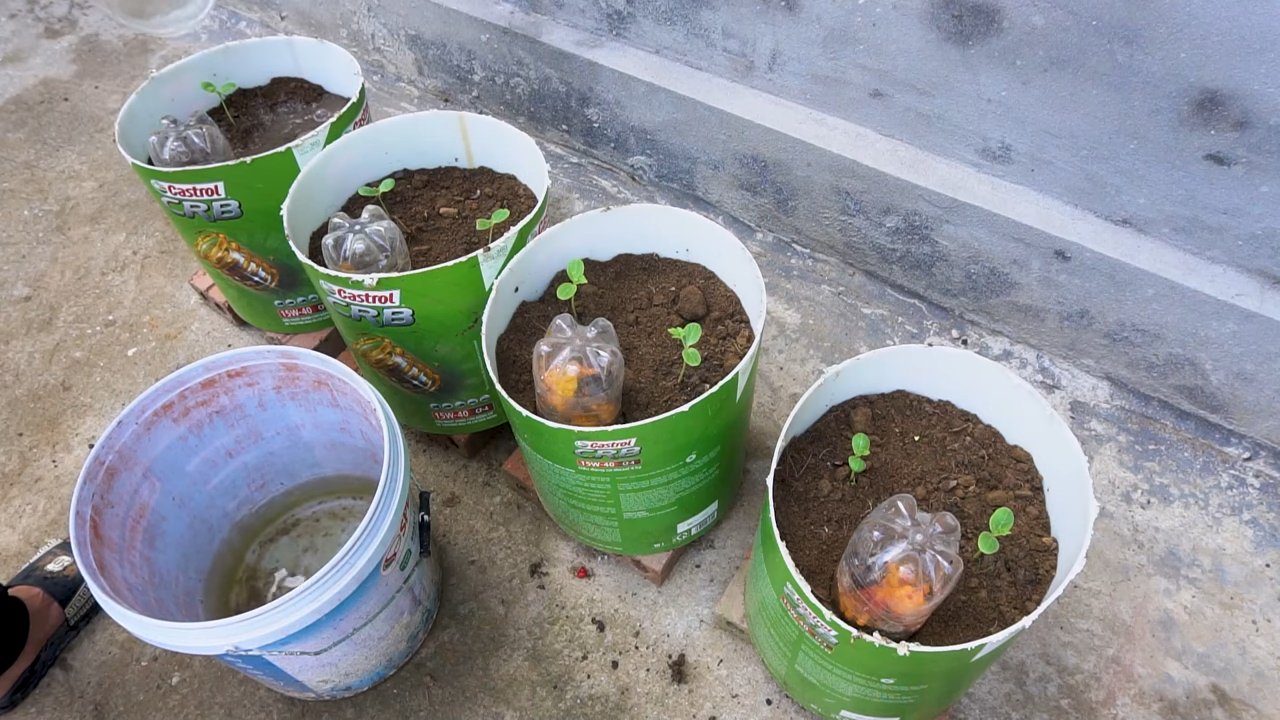
Conclusion
So, there you have it! Growing watermelons at home might seem daunting at first, but with a little planning, patience, and our simple DIY trick, you can be harvesting your own juicy, sweet watermelons before you know it. This isn’t just about saving money; it’s about experiencing the unparalleled satisfaction of nurturing a plant from seed to fruit, knowing exactly what went into its growth, and enjoying a flavor that store-bought watermelons simply can’t match.
The beauty of this DIY approach lies in its adaptability. Feel free to experiment with different watermelon varieties to find your personal favorite. Perhaps you’re drawn to the classic crimson sweetness of a ‘Crimson Sweet’ watermelon, or maybe you’re intrigued by the smaller, personal-sized ‘Sugar Baby.’ For those with limited space, consider bush varieties that are specifically bred for container gardening. You can even try grafting your watermelon onto a more disease-resistant rootstock for added protection.
Don’t be afraid to tweak our recommended DIY trick to suit your specific climate and growing conditions. If you live in a particularly hot and dry area, you might need to increase the frequency of watering or provide additional shade during the hottest part of the day. Conversely, if you live in a cooler climate, you might want to start your seeds indoors earlier or use row covers to protect your plants from frost.
Remember, the key to successful watermelon growing is consistent care and attention. Regularly check your plants for pests and diseases, and address any problems promptly. Provide adequate support for the vines as they grow, and be sure to fertilize your plants regularly with a balanced fertilizer.
But most importantly, have fun! Growing watermelons should be a rewarding and enjoyable experience. Don’t get discouraged if you encounter a few setbacks along the way. Every gardener, even the most experienced, faces challenges from time to time. The important thing is to learn from your mistakes and keep trying.
We are confident that with our DIY trick, you’ll be well on your way to enjoying a bountiful harvest of homegrown watermelons. So, grab your seeds, gather your supplies, and get ready to embark on this exciting gardening adventure. We encourage you to try this **DIY trick** and share your experiences with us! Let us know what worked for you, what challenges you faced, and any tips or tricks you discovered along the way. Your feedback will help us improve our guide and help other gardeners succeed in growing their own watermelons. Share your photos and stories in the comments below – we can’t wait to see your watermelon growing success!
Frequently Asked Questions (FAQ)
What is the best time to start growing watermelons?
The ideal time to start growing watermelons depends on your local climate. Watermelons are warm-season crops and require a long growing season of at least 70-90 days. In general, you should start your seeds indoors about 6-8 weeks before the last expected frost in your area. If you live in a warmer climate with a longer growing season, you can direct sow your seeds outdoors after the danger of frost has passed and the soil has warmed up to at least 70°F (21°C). Check your local weather forecast and planting guides for specific recommendations for your region.
How much space do watermelons need to grow?
Watermelons are sprawling plants that require a significant amount of space to grow. Each plant typically needs at least 6-8 feet of space in all directions. If you are growing watermelons in rows, space the rows about 8-10 feet apart. For bush varieties, which are more compact, you can get away with spacing them about 3-4 feet apart. Consider using trellises or other support structures to train the vines vertically, which can help save space in smaller gardens.
What kind of soil is best for growing watermelons?
Watermelons thrive in well-drained, sandy loam soil that is rich in organic matter. The soil should have a pH between 6.0 and 6.8. Before planting, amend your soil with compost, aged manure, or other organic matter to improve its fertility and drainage. Avoid heavy clay soils, as they can retain too much moisture and lead to root rot. If you have clay soil, consider growing your watermelons in raised beds or containers filled with a well-draining potting mix.
How often should I water my watermelons?
Watermelons need consistent moisture, especially during fruit development. Water deeply and regularly, aiming for about 1-2 inches of water per week. Water at the base of the plant to avoid wetting the foliage, which can increase the risk of fungal diseases. During hot, dry weather, you may need to water more frequently. Check the soil moisture regularly and water when the top inch feels dry to the touch. Reduce watering as the fruits begin to ripen to prevent them from cracking.
What kind of fertilizer should I use for watermelons?
Watermelons are heavy feeders and require regular fertilization to produce a good crop. Start with a balanced fertilizer (e.g., 10-10-10) at planting time. Once the vines start to run, switch to a fertilizer that is higher in phosphorus and potassium to promote fruit development. You can also supplement with compost tea or other organic fertilizers throughout the growing season. Avoid over-fertilizing with nitrogen, as this can lead to excessive vine growth at the expense of fruit production.
How do I know when my watermelons are ripe?
Determining when a watermelon is ripe can be tricky, but there are a few telltale signs to look for. First, check the tendril closest to the fruit stem. When this tendril turns brown and dries up, it’s a good indication that the watermelon is ripe. Second, look at the spot where the watermelon rests on the ground. This spot, known as the ground spot, should turn from white to a creamy yellow color. Finally, thump the watermelon with your knuckles. A ripe watermelon will sound hollow and deep, while an unripe watermelon will sound dull and solid.
What are some common pests and diseases that affect watermelons?
Watermelons are susceptible to a variety of pests and diseases, including aphids, squash bugs, vine borers, powdery mildew, and fusarium wilt. Regularly inspect your plants for signs of infestation or disease, and take action promptly to prevent problems from spreading. Use organic pest control methods, such as insecticidal soap or neem oil, to control aphids and squash bugs. Wrap the base of the stems with aluminum foil to deter vine borers. Choose disease-resistant varieties and practice good sanitation to prevent fungal diseases.
Can I grow watermelons in containers?
Yes, you can grow watermelons in containers, but you’ll need to choose a large container (at least 20 gallons) and select a bush variety that is specifically bred for container gardening. Use a well-draining potting mix and provide adequate support for the vines. Water container-grown watermelons more frequently than those grown in the ground, as the soil in containers tends to dry out more quickly. Fertilize regularly with a balanced fertilizer.
How can I improve pollination of my watermelons?
Watermelons require pollination to set fruit. If you are not seeing many bees or other pollinators in your garden, you may need to hand-pollinate your watermelons. To hand-pollinate, use a small paintbrush to transfer pollen from the male flowers to the female flowers. Male flowers have a long, thin stem, while female flowers have a small, immature watermelon at the base. Pollinate early in the morning, when the pollen is most viable.
What if my watermelons are not sweet?
Several factors can contribute to watermelons that are not sweet, including insufficient sunlight, inadequate watering, and poor soil fertility. Make sure your watermelons are planted in a location that receives at least 6-8 hours of direct sunlight per day. Water deeply and regularly, especially during fruit development. Fertilize with a fertilizer that is high in potassium, which is essential for sugar production. Avoid harvesting your watermelons too early, as they will not continue to ripen after being picked.

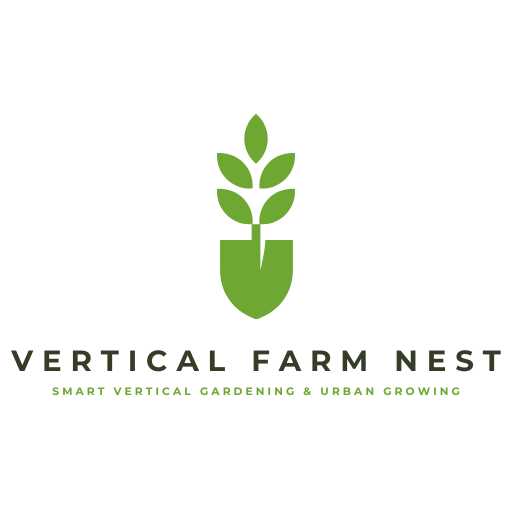
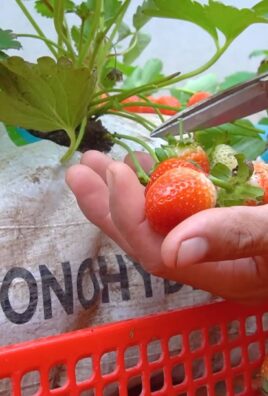
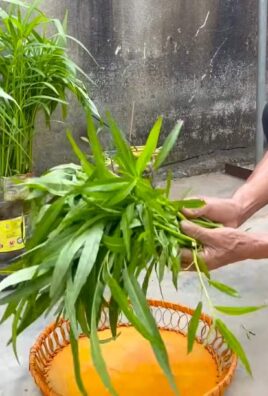
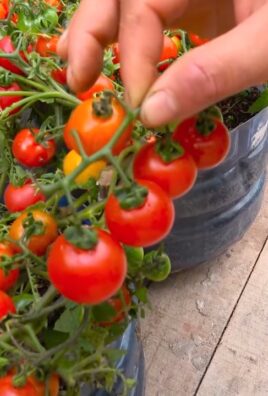
Leave a Comment